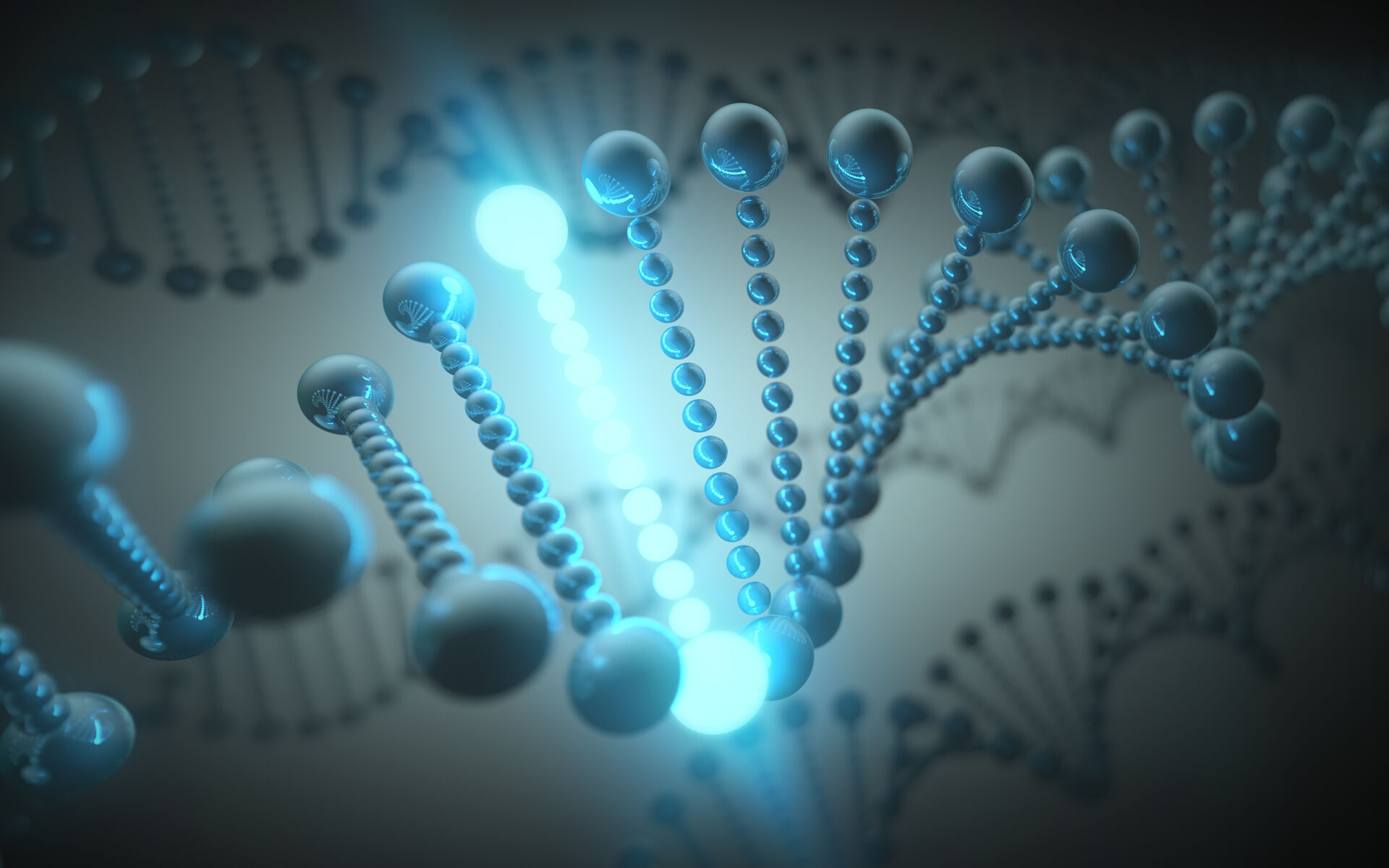"Novel disease gene discovery in ultra-rare neurological diseases
Eirik Frengen (Professor, Depart. Medical Genetics, Univ. Oslo and Oslo University Hospital)
Globally, more than 350 million people live with a rare disease, which are predominantly caused by mutations in a single gene. In many countries short-read based whole-genome sequencing (WGS) is routinely used diagnostically to determine the genetic bases underlying these conditions. These diagnostic WGS approaches efficiently detect single nucleotide variants (SNVs), small insertion/deletion variants (indels) and large copy number variants (CNVs), however, the genetic cause of disease is usually detected in <50% of the patients with a suspected monogenic disease. Our research focuses on patients with severe neurological disorders with childhood onset. A monogenic disease is highly likely in these patients, since many have one or more of the following characteristics: progressive disease course, metabolic abnormalities, affected siblings and/or consanguineous parents. In addition, non-genetic causes, such as infection, trauma or hypoxia, have been excluded. Through analysis of all morbid genes in WGS-data did not detect the genetic causes of the diseases in these patients. In our projects, we analyze all genes in available WGS-data from the families aiming to identify “novel diseases genes”. Putative pathogenic variants are studied in fibroblasts from the patients or in cell lines, to assess their effect on gene expression and cell physiology. Revealing the genetic etiology behind severe neurological diseases expands the knowledge on human brain development, physiology, and pathophysiology.
"Identification of new regulators of Rab21 in protein trafficking and neurite outgrowth"
Francisco Yanguas Samaniego (Researcher, Progida Group, FYSCELL, IBV)
Neurites are extensions that originate from the cell body of neurons. The formation and elongation of these extensions is called neurite outgrowth and gives rise to axons and dendrites, allowing neurons to establish connections and communicate with other nerve cells. Rab proteins is a family of GTPases that regulate neurite outgrowth by modulating the transport of proteins and membranes. They are molecular switches, cycling between a GTP-binding active state and a GDP-binding inactive state . The small GTPase Rab21 is activated by the guanine nucleotide-exchange factor Varp. Both proteins stimulate neurite outgrowth by regulating protein secretion. To understand how Rab21 and Varp regulate these processes, we are looking for new Varp interactors and GTPase-activating proteins (GAPs) of Rab21. By Mass spectrometry analysis, we have identified some putative interactors of Varp that we have confirmed biochemically. In addition, imaging studies revealed that some of these interactors also colocalize with Varp. We are now characterizing the functional relationship between Varp and these proteins.
